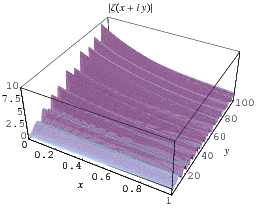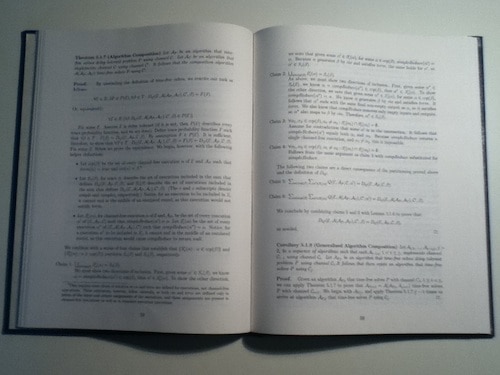Less Than Ultra Learning

As part of my craftsman in the cubicle project, I spent this past week monitoring how I learn new information.
I wasn’t impressed.
At one point, for example, I needed to dive into a topic I didn’t know much about: how information disseminates in random power law graphs. I went to Google Scholar and begin downloading papers with promising abstracts. I printed three and skimmed another half-dozen or so online. In retrospect, I think I was hoping to find a theorem somewhere that described exactly what I was looking for in notation I already understood.
Not surprisingly, I didn’t find this magic theorem. The two hours I spent felt wasted. (Well, not completely wasted, I did learn about the Riemann Zeta function, which turns up way more often than you might expect.)
This experience recommitted me to cracking the code of ultra-learning. Mastering hard knowledge fast, I now accept, requires more than blocking aside time on a schedule; it also demands technique.
The Chair
With this in mind, here was my first stab at cracking ultra-learning:

I bought a traditional leather chair (a longtime dream of mine). My wife and I still need to add some bookcases, a rich rug, and an old brass lamp — but my general theory here is that this library nook will be make it impossible to avoid mastering new bodies of knowledge, and perhaps also pipe smoking.
Under the assumption that I might need more than the power of The Chair to become an accomplished ultra-learner, I do have one more strategy to deploy — which is what I want to talk about in this post. It’s actually a strategy I’ve known for years (my PhD adviser taught me soon after my arrival at MIT), but have seemed to forgotten recently.

